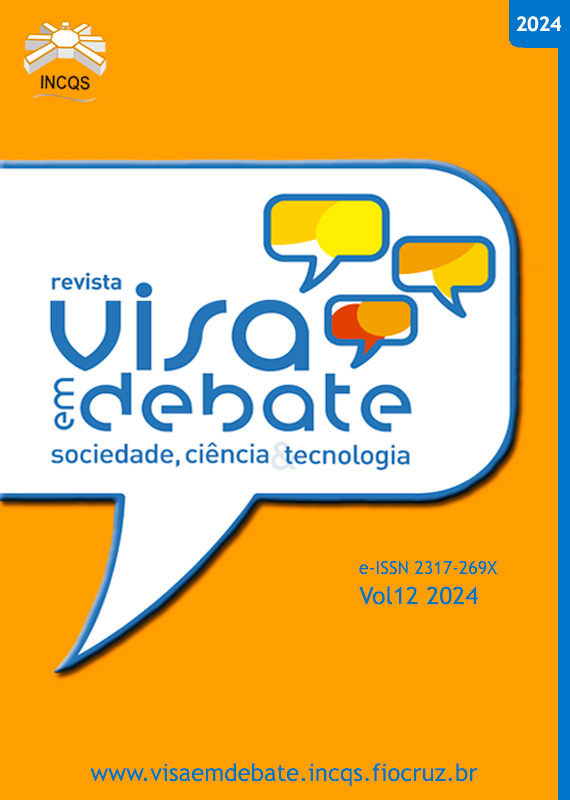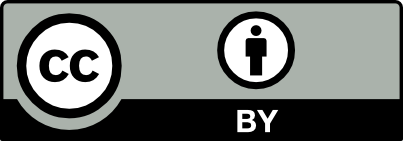Good practices of seafoods handling and microbiological conditions in the pre-operational period in a fish market
Vigil Sanit Debate, Rio de Janeiro, 2024, v.12: e02147 | Published on: 15/02/2024
DOI:
https://doi.org/10.22239/2317-269x.02147Keywords:
Foodborne Diseases, Food Safety, Food Quality, Sanitary Inspection, Contamination IndicatorsAbstract
Introduction: Seafoods are very nutritious foods, but also highly susceptible to contamination. Once contaminated, they can be agents that transmit diseases to humans. Thus, the fish trade must pay great attention to hygienic-sanitary processes to ensure these foods safety and the consumers health. Objective: Evaluate the good practices of seafoods handling and the microbiological conditions in the pre-operational period in a fish market, located in the city of Santos-SP, Brazil, according to the requirements proposed in the ordinance of the Center for Sanitary Vigilance number 5 of 2013. Method: This cross-sectional study, with a quantitative approach, covered a total of 13 seafoods boxes. It was carried out through a technical visit where the “Route of Inspection of Good Practices in Commercial Establishments of Food and Food Services” was applied, imposed by the CVS-5 ordinance of 2013, and collections of samples on contact surfaces and handlers’ hands for analyses of mesophilic aerobic bacteria. Results: Good practices of seafoods handling were considered appropriate; food safety performance varied between 47.2% and 70.8%, and pre-operational hygiene conditions were considered satisfactory for contact surfaces and unsatisfactory for handlers’ hands. Conclusions: It can be concluded that good fish handling practices are appropriate, but the microbiological conditions in the pre-operational phase are satisfactory for contact surfaces and unsatisfactory for handlers’ hands.
Downloads
Downloads
Published
Issue
Section
License
Copyright (c) 2024 Simone Aparecida Lopes Rodrigues, Vânia Loureiro, Simone dos Anjos Caivano (Autor)

This work is licensed under a Creative Commons Attribution 4.0 International License.
COPYRIGHT ALLOWANCE The author (s) hereinafter designated as the ASSIGNOR hereby assign and transfer, free of charge, the ownership of the copyrights related to this ARTICLE to the Vigilância Sanitária em Debate: Sociedade, Ciência & Tecnologia (Health Surveillance under Debate: Society, Science & Technology) – Visa em Debate, represented by FUNDAÇÃO OSWALDO CRUZ, established at Av. Brasil, nº 4365, Manguinhos, Rio de Janeiro, RJ, Brazil, CEP 21045-900, under the conditions set out below: (a) The terms and conditions set forth in this Agreement shall apply to the following: 1. The ASSIGNOR declares that they s(he) is (are) the author (s) and owner (s) of the copyrighted property of the ARTICLE submitted. 2. The ASSIGNOR declares that the ARTICLE does not infringe the copyrights and / or other property rights of third parties, that the disclosure of images (if any) has been authorized and that they s(he) assume(s) full moral and / or property liability for its content, before third parties. 3. THE ASSIGNOR assigns and transfers all copyrights relating to the ARTICLE to the ASSIGNEE, especially the rights of editing, publication, translation into another language and reproduction by any process or technique. The ASSIGNEE becomes the exclusive owner of the rights related to the ARTICLE, and any reproduction, totally or partially, is prohibited in any other means of publicity, printed or electronic, without prior written authorization from the ASSIGNEE. 4. The assignment is free and, therefore, there will be no remuneration for the use of the ARTICLE by the ASSIGNEE.







